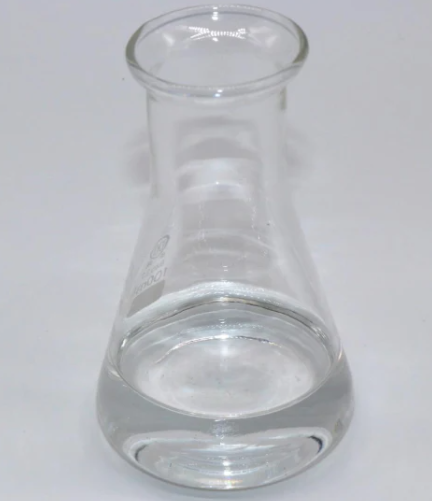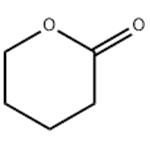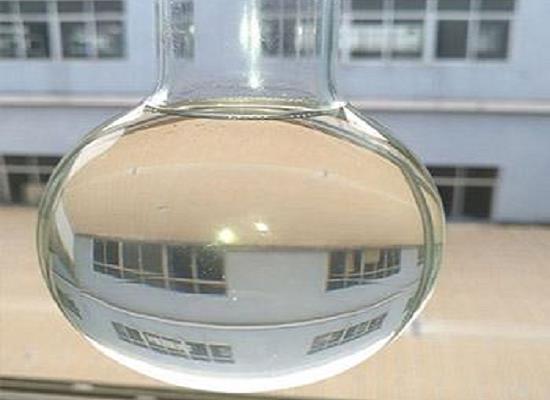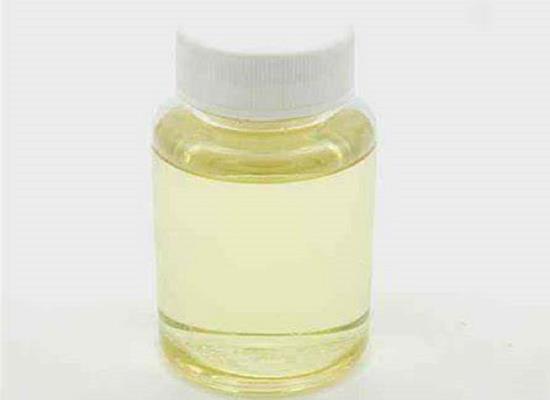Poly(delta-valerolactone): Properties, Synthesis and Applications in Drug Carrier Systems
General Description
Poly(delta-valerolactone) is a semicrystalline aliphatic polyester with excellent potential for biomedical applications. Poly(delta-valerolactone)’s hydrophobic nature, good miscibility, high crystallinity, low cytotoxicity, and controlled drug release capabilities make it ideal for drug delivery systems and tissue engineering scaffolds. The synthesis of this polymer involves a one-step method using specific catalysts and initiators to create tailored linear-comb and star-comb structures with well-defined properties. The physicochemical properties of these structures, including viscosity, branching, and crystallinity, were studied, revealing enhancements in crystallization behavior and thermal properties. In drug carrier systems, Poly(delta-valerolactone) composite scaffolds demonstrated biocompatibility, antibacterial activity, and controlled drug release, highlighting its potential for precise drug delivery and tissue engineering applications.

Figure 1. Delta-valerolactone
Properties
Poly(delta-valerolactone) is a semicrystalline aliphatic polyester with a similar structure to poly(3-caprolactone) (PCL). It has a hydrophobic nature, making it an excellent material for drug delivery applications. Poly(delta-valerolactone) exhibits good miscibility with other polymeric materials, allowing for the formation of composites with desired properties. Its high crystallinity and low melting point make it suitable for processing techniques such as injection molding and extrusion. Furthermore, Poly(delta-valerolactone) possesses low cytotoxicity, which makes it a promising candidate for biomedical applications. However, despite its potential, Poly(delta-valerolactone) remains relatively unexplored in this field. Poly(delta-valerolactone)'s permeability to a wide range of bioactive drugs also makes it a suitable material for controlled drug release applications. With further research and development, Poly(delta-valerolactone) could become an essential component in the manufacturing of implantable medical devices, drug delivery systems, and tissue engineering scaffolds. In conclusion, Poly(delta-valerolactone) has several properties that make it a promising material for use in biomedical applications. Its hydrophobicity, good miscibility, high crystallinity, low melting point, and low cytotoxicity make it a versatile polymer with vast potential in the medical industry. 1
Synthesis
The synthesis of poly(delta-valerolactone) was successfully achieved through a "one-step" method using hydroxylated polybutadiene (HPB) as a macroinitiator and 1,5,7-triazabicyclo-[4.4.0]dec-5ene (TBD) as a catalyst. A study aimed to compare the physicochemical properties of highly branched poly(delta-valerolactone) with linear PVLs in order to understand the differences. The researchers obtained a wide range of tailor-made linear-comb and star-comb poly(delta-valerolactone) with well-defined structures, high molecular weights, and narrow polydispersity. The branching structures were controlled by adjusting the number of hydroxyl groups in the macroinitiator and the molar ratio between the valerolactone monomer and the initiator hydroxyl groups. Several aspects of the physicochemical properties were investigated. Intrinsic viscosity measurements showed that comb-branched poly(delta-valerolactone) had lower intrinsic viscosities compared to linear PVLs, and star-comb PVLs exhibited the smallest hydrodynamic volumes in solution due to their dense branching structure. Rheological measurements revealed shear thinning behavior for all polymers, with comb-branched poly(delta-valerolactone) displaying lower complex viscosities due to less entanglement. Analysis using wide-angle X-ray diffraction (WAXD) and differential scanning calorimetry (DSC) indicated that the comb-branched architectures did not alter the structures of poly(delta-valerolactone) crystallites but significantly improved crystallization behavior, resulting in higher crystallinities. Additionally, the study explored the effects of molecular weight on the thermal and crystallization properties of linear-comb PVLs, revealing that the crystallization temperatures, melting temperatures, and crystallinities increased with the increase in molecular weight of a single arm. Understanding the structure-property relationship of highly branched poly(delta-valerolactone) is of great practical importance for their synthesis and application in various fields. The findings from this comparative study provide valuable insights into the unique properties of highly branched polymers and their potential applications. 1
Applications in drug carrier systems
The utilization of Poly(delta-valerolactone) in drug carrier systems, specifically in composite scaffolds for drug delivery, was explored. Poly(delta-valerolactone)/poly(ethylene-co-vinylalcohol)/beta-tricalcium phosphate (PEVAL/Poly(delta-valerolactone)/β-TCP) composites were created with interconnected pores via the salt leached technique. These composites demonstrated homogeneity and interconnected micropores suitable for scaffold applications, validated by SEM and micro-CT analysis. Mechanical properties were assessed through stress-strain tests, confirming their biocompatibility via MSC proliferation tests. Incorporating amoxicillin exhibited antibacterial activity against S. aureus, while in vitro release studies showed promising drug diffusion from the PEVAL/Poly(d-valerolactone)/amoxicillin and PEVAL/Poly(d-valerolactone)/β-TCP/amoxicillin systems, following the Fickian model. These results underscore the potential of Poly(delta-valerolactone)-based composite scaffolds for precise drug delivery and tissue engineering purposes. 2
Reference
1. Ren Y, Wei Z, Wu T, Bian Y, Leng X, & Zhou C, et al. Synthesis of highly branched poly(δ-valerolactone)s: a comparative study between comb and linear analogues. Rsc Advances. 2016, 6(51):45791-45801.
2. Badwelan M, Alkindi M, Alghamdi O, et al. Poly(δ-valerolactone)/Poly(ethylene-co-vinylalcohol)/β-Tri-calcium Phosphate Composite as Scaffolds: Preparation, Properties, and In Vitro Amoxicillin Release. Polymers (Basel). 2020, 13(1):46.
Related articles And Qustion
Lastest Price from delta-Valerolactone manufacturers

US $1.50/g2025-09-25
- CAS:
- 542-28-9
- Min. Order:
- 1g
- Purity:
- 99.0% Min
- Supply Ability:
- 100 Tons

US $0.00/kg2025-08-22
- CAS:
- 542-28-9
- Min. Order:
- 1000kg
- Purity:
- 99%
- Supply Ability:
- 35 ton per month



